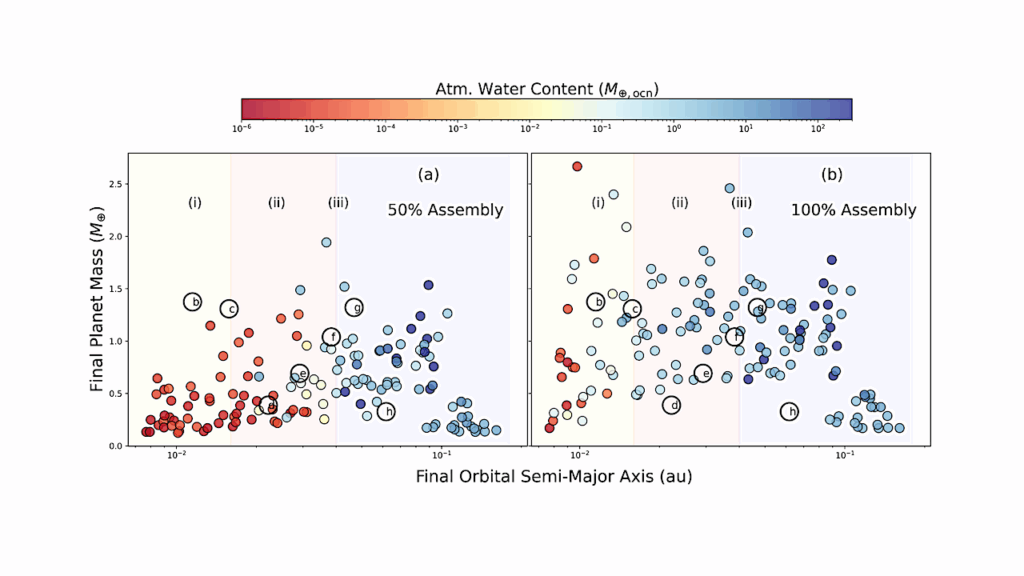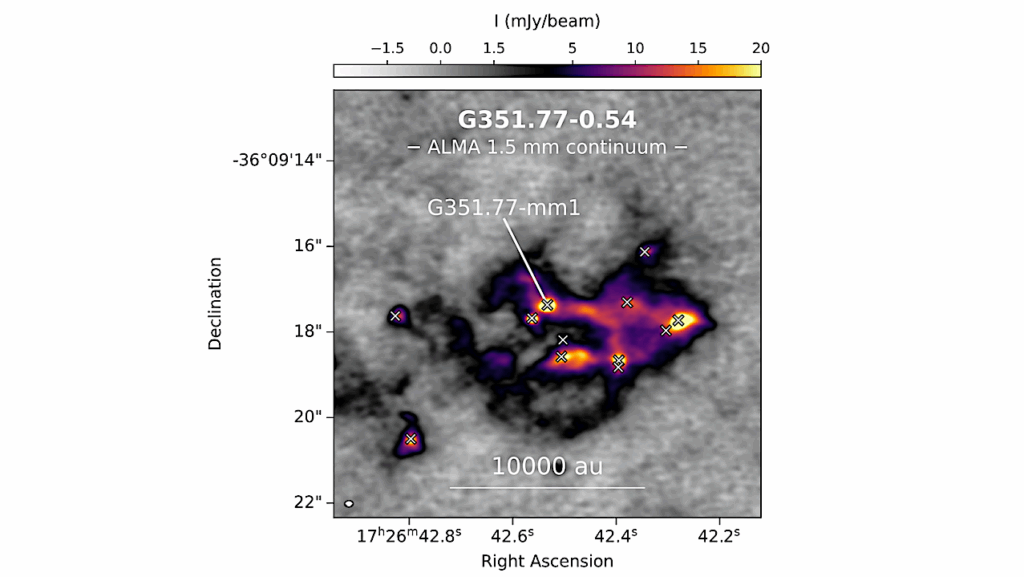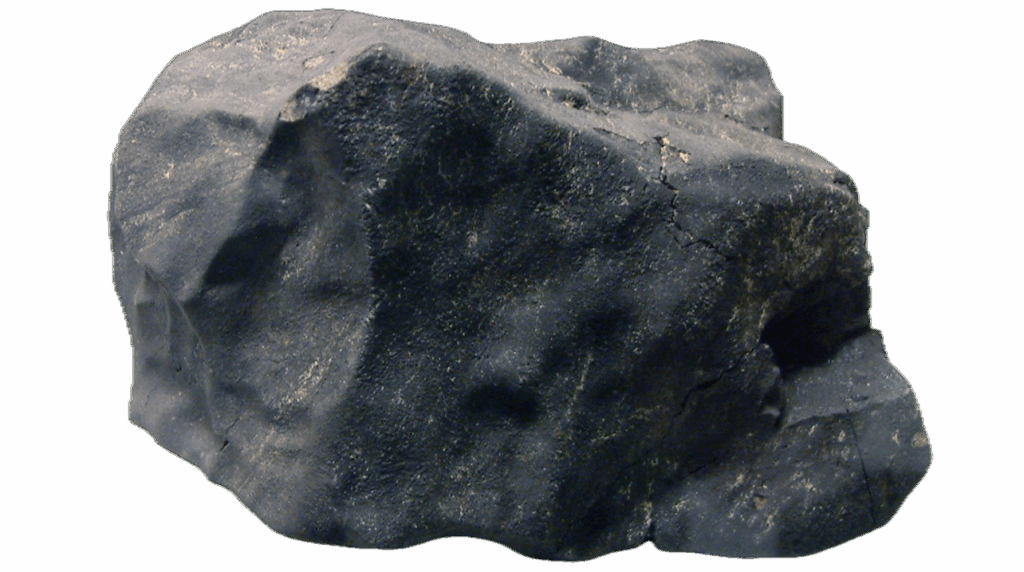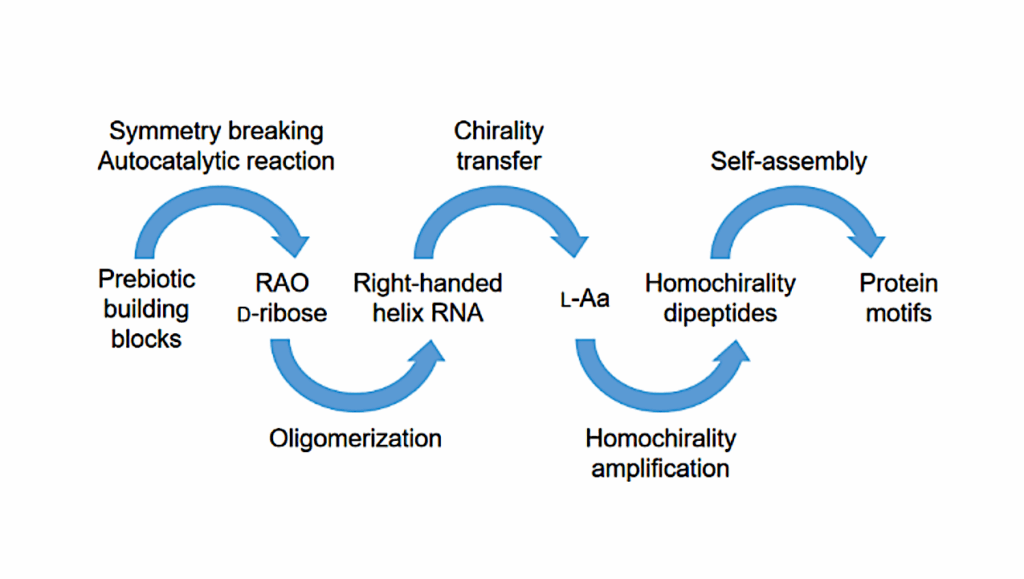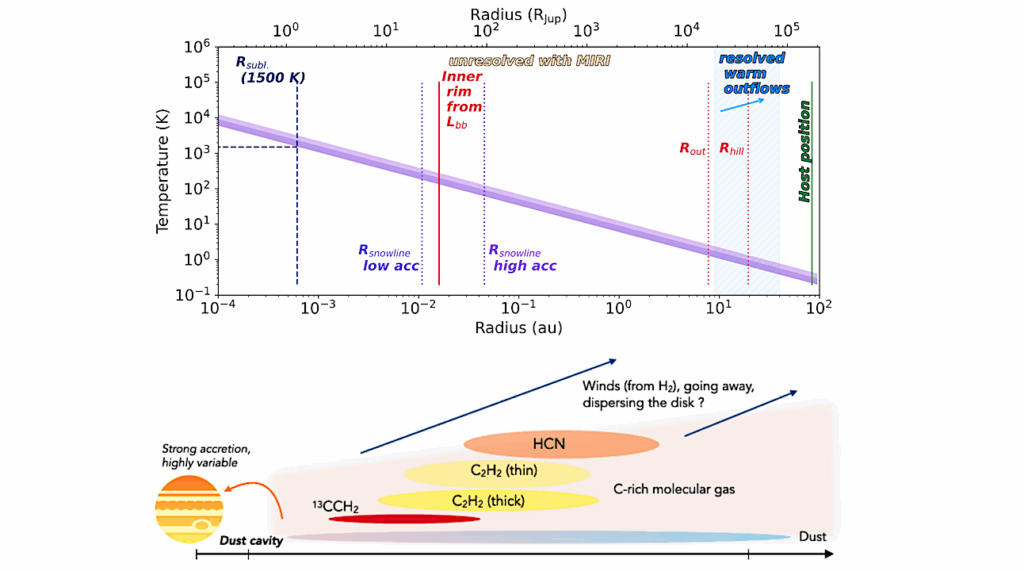Constraints on the Early Terrestrial Surface UV Environment Relevant to Prebiotic Chemistry

The UV environment is a key boundary condition for the origin of life. However, considerable uncertainty exists as to planetary conditions and hence surface UV at abiogenesis.
Here, we present two-stream multi-layer clear-sky calculations of the UV surface radiance on Earth at 3.9 Ga to constrain the UV surface fluence as a function of albedo, solar zenith angle (SZA), and atmospheric composition. Variation in albedo and latitude (through SZA) can affect maximum photoreaction rates by a factor of >10.4; for the same atmosphere, photoreactions can proceed an order of magnitude faster at the equator of a snowball Earth than at the poles of a warmer world. Surface conditions are important considerations when computing prebiotic UV fluences. For climatically reasonable levels of CO2, fluence shortward of 189 nm is screened out, meaning that prebiotic chemistry is robustly shielded from variations in UV fluence due to solar flares or variability.
Strong shielding from CO2 also means that the UV surface fluence is insensitive to plausible levels of CH4, O2, and O3. At scattering wavelengths, UV fluence drops off comparatively slowly with increasing CO2 levels. However, if SO2 and/or H2S can build up to the 1-100 ppm level as hypothesized by some workers, then they can dramatically suppress surface fluence and hence prebiotic photoprocesses. H2O is a robust UV shield for <198 nm.
This means that regardless of the levels of other atmospheric gases, fluence <198 nm is only available for cold, dry atmospheres, meaning sources with emission <198 nm (e.g. ArF eximer lasers) can only be used in simulations of cold environments with low abundance of volcanogenic gases. On the other hand, fluence at 254 nm is unshielded by H2O and is available across a broad range of CO2 columns, meaning that mercury lamps are suitable for initial studies regardless of the uncertainty in primordial H2O and CO2 levels.
Sukrit Ranjan, Dimitar D. Sasselov
(Submitted on 19 Oct 2016)
Comments: Accepted to Astrobiology. Preprint format; 3 tables, 29 figures, 95 pages)
Subjects: Earth and Planetary Astrophysics (astro-ph.EP)
Cite as: arXiv:1610.06223 [astro-ph.EP] (or arXiv:1610.06223v1 [astro-ph.EP] for this version)
Submission history
From: Sukrit Ranjan
[v1] Wed, 19 Oct 2016 21:22:29 GMT (3684kb)
https://arxiv.org/abs/1610.06223



